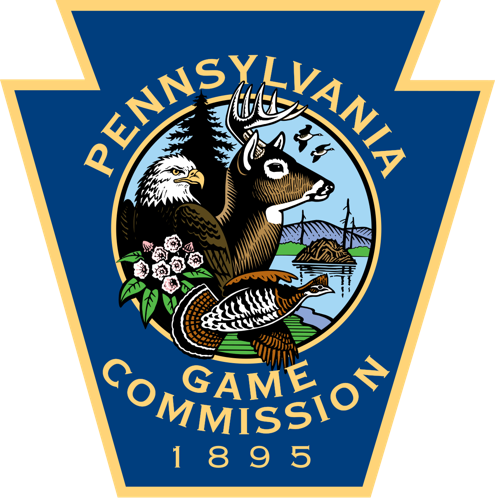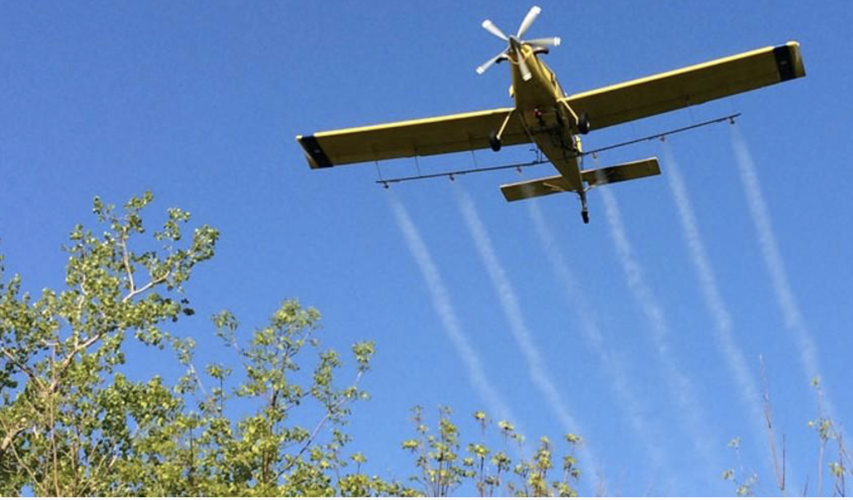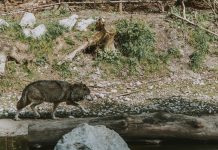Game Commission Spraying Plans
In a dedicated endeavor to safeguard wildlife habitats, the Pennsylvania Game Commission has unveiled plans to conduct extensive spraying. This spraying will cover nearly 110,000 acres of state game lands during the upcoming spring season.
The spraying operation will encompass 43 distinct state game lands, amounting to a substantial 109,180 acres in total. The commencement of spraying is expected to coincide with the emergence of foliage and the hatching of spongy moth egg masses, typically occurring in late Spring.
Paul Weiss, the Chief Forester of the Game Commission, emphasized the possibility of encountering aircraft conducting forest spraying activities for spongy moths. This might occur while hunters are engaging in spring gobbler seasons or enjoying state game lands. Acknowledging the potential temporary inconvenience to hunters, Weiss emphasized the vital importance of protecting these invaluable habitats from the destructive invasion of pests. Weiss wants to ensure a legacy for generations of hunters to pursue gobblers in these lands.

Reason Behind the Initiative
Spongy moths, previously referred to as gypsy moths, underwent a name change by the Entomological Society of America last year. More information regarding spongy moths and the Game Commission’s spraying program can be found on the Game Commission’s website. There you will find an interactive map with recent updates on areas and dates where spraying will be taking place.
Typically, the majority of forested areas to be sprayed can be treated within a single day, often requiring only a few hours to complete.
The chosen insecticide for this operation is Mimic 2LV, containing tebufenozide as its active ingredient. Tebufenozide is generally regarded as safe for humans, with significant adverse effects occurring only in cases of repeated, long-term exposure to high concentrations of the product. As with any chemical, contact with the eyes or skin may cause irritation, and it is advised to wash the affected area if irritation arises.
The targeted forests, slated for treatment in the coming weeks, harbor increasing populations of spongy moths. Left untreated, these moths could cause severe defoliation during the summer months.
Affected Areas
The spraying program for this year is distributed across various regions as follows: South-central (1,323 acres), North-central (94,788 acres), Southeast (3,107 acres), Southwest (226 acres), and Northeast (9,736 acres). The Northwest Region, having undergone spraying last year, currently exhibits a declining spongy moth population. This means the additional spraying is unnecessary in that area.
Likewise, Weiss emphasized that past spongy moth impacts have unfortunately resulted in a transition away from mixed-oak stands, which produce abundant mast. This resulted in the stands being dominated by birch and maple, which are less favorable for wildlife.
“Oaks, being the primary target of spongy moths, provide the best and most reliable wildlife food,” chief forester Weiss Paul stated. “Regrettably, we have witnessed the replacement of oak stands lost due to spongy moth defoliation with birch and maple in certain regions. The scarcity of acorns across such a vast area can have severely detrimental effects on wildlife populations, ranging from chipmunks and squirrels to deer and bears. Even if the oak trees manage to endure the damage caused by defoliation, the reduction in acorn production can persist for years. To safeguard wildlife resources in both the short and long term, the Game Commission has taken a proactive stance in combating this problem.”

New Spray Contract
Having previously collaborated with the state Department of Conservation and Natural Resources for multiple spray initiatives since 2008, the Game Commission executed its inaugural spray contract in 2022. At that time, it marked the largest-ever spraying effort on game lands, covering approximately 63,000 acres. Similar to this year’s plans, the majority of acres treated were situated in the Northcentral Region.
“We firmly believe in the importance of continually protecting habitats in these areas,” Weiss affirmed. These key wildlife habitats need to be protected by these regulations. Even with the minor inconvenience to some hunters, the benefits far outweigh the consequences.
You can read more about this by clicking here. Likewise, you can read more Northeast hunting news by clicking here.















